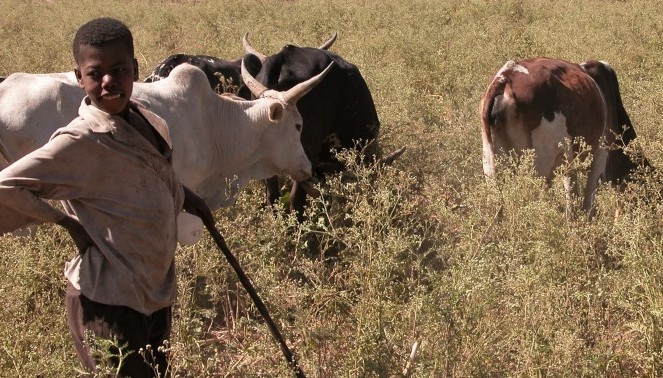Invasive tadpoles can recognise potential predators in new environments
By Natasha Kruger. Reblogged from The Conversation. Invasive species have become an increasingly big threat to indigenous ones as the spread of alien animals and plants has accelerated with the growth of global trade. Some can be very destructive, while some live in close proximity without posing any sort of threat. Understanding the behaviour of invasive…
In the fight against Parthenium, make sure to “know your enemy”
Latest book in the CABI Invasive Series: Parthenium Weed Parthenium weed (Parthenium hysterophorus) is considered one of the worst weeds in the world. It has invaded and is widespread in about 48 countries in Africa, Asia and the South Pacific, and has the potential to spread to new countries in Africa, Asia and parts of…
New Trial Eradicated 80% of a Disease-Carrying Mosquito Population
A new trial experiment undertaken in Australia has been shown to successfully eliminate 80% of the disease-bearing mosquito Aedes aegypti.
Could invasive plant management prevent the spread of malaria?
CABI scientists have joined an international team of experts who suggest that the large-scale management of a range of some invasive plants could hold the key to reducing the spread of deadly malaria. Dr Arne Witt and Dr Sean Murphy worked with scientists from the University of Illinois, The Ohio State University and the Fundación…
Giant Rodent Invasion: The Coypu
Listed as among the Top 100 of the world’s worst invasive species, the coypu (also known as nutria) can cause severe damage to the environment in countries where it is an introduced species. Largely introduced as stock for fur farms and for private ownership, it has spread from its native range in South America to…
Lakes poisoned to halt topmouth gudgeon invasion
Several lakes in Hampshire are being poisoned in a bid to control topmouth gudgeon (Pseudorasbora parva), an invasive non-native fish first introduced to Britain in the 1980s which has become more widespread in recent years. The fish, native to Asia, has spread across much of Europe in recent decades, travelling along waterways and facilitated by…
Asian longhorn beetle – A clear case for early eradication
It was confirmed last month that the first population of the forestry pest, the Asian longhorn beetle (ALB), was found in Kent, UK. Forest Research scientists discovered this damaging native of Japan and China infesting around 20 trees, and are now surveying the area to find out the full extent of the infestation. The establishment…
3D modelling: Not just for Hollywood, now for invasive species
An easily overlooked but vitally important component of invasive species management is accurate identification. Picture the scene: It’s Australia, it’s a Friday afternoon, a comprehensive fire ant management strategy has been drawn up, baits have been acquisitioned and an eager team of volunteers is ready to deal with this invasive foe and escape for the…
Branson pickle
Sir Richard Branson, the billionaire entrepreneur, is reported to have applied for permits to introduce a colony of endangered lemurs to his British Virgin Islands (BVI), Mosquito and Necker. Having “rescued” the island of Mosquito from purchase by a hotel chain in 2007, his intention was to turn his £10 million Caribbean tax haven into…






